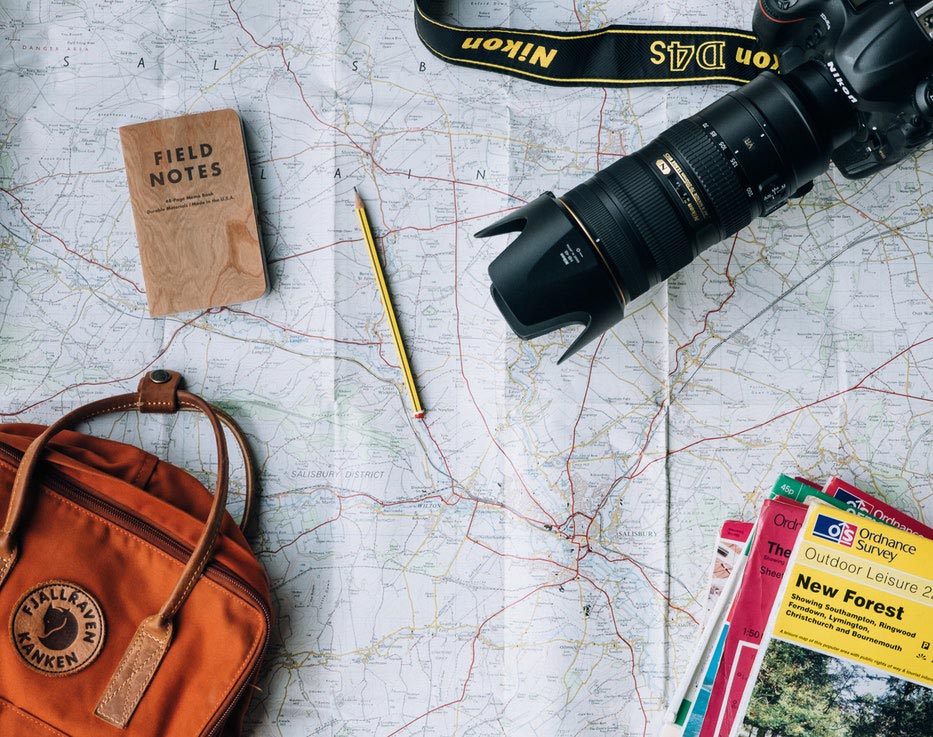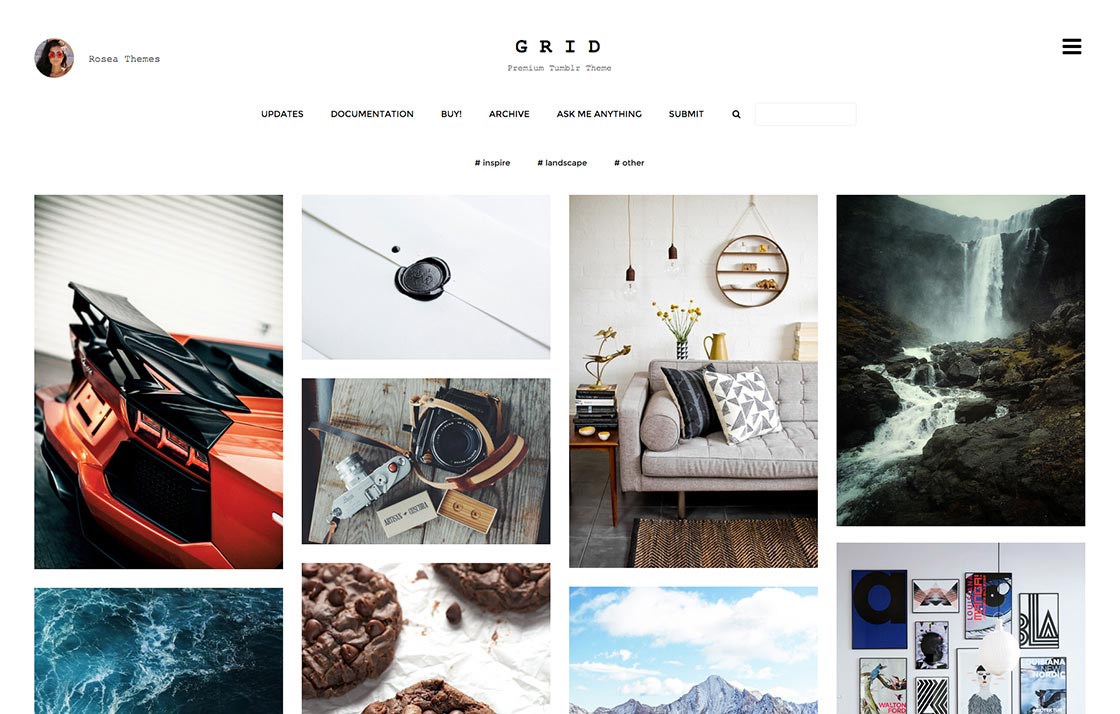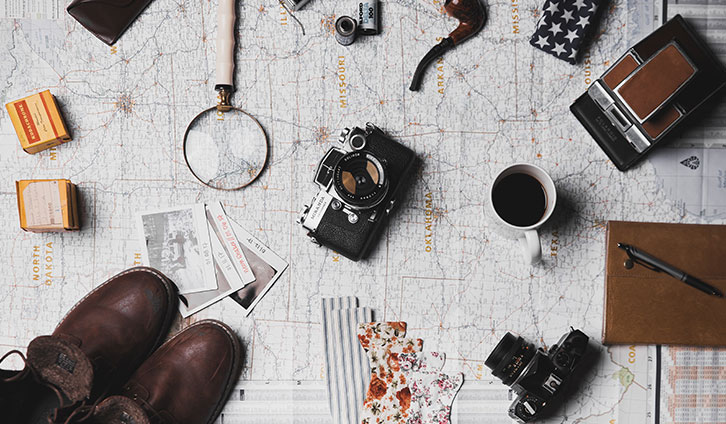Once you’ve tasted the sweet nectar of freelance photography, you’ll never be able to go back to a 9-to-5 job. Nevertheless, while there are plenty of advantages to earning money from what you love, becoming a freelancer can be a scary thought. How to become a freelance photographer?
Humans are bound to rely on what is secure and avoid taking unnecessary risks. That’s why most people won’t usually pursue their dream career once they’re settled with a permanent job.
With the rise of office jobs, more and more people have learned to commit to a clear employer-employee relationship at the workplace and have lost the motivation to follow an individual direction. Moreover, ensuring a constant flow of money is the greatest accomplishment of some people’s lives but for the ones who can’t settle for anything but freedom, it’s simply not enough.
Why Freelance Photography?
Photography just like any other form of art sprouts best on independence and freedom. Constraining it between four walls just doesn’t work. Think about all the time you’ll get to do what you love: read, travel, sleep, exercise, cook, paint, hike. The gift of time can’t be compared with anything.

Besides of free time, the strongest argument in favor of freelance photography is personal development. While working at a studio or an office might teach you a lot about your field, all of your work will be company property.
Thus, your development as a photographer and an artist will be postponed by your responsibilities as someone else’s employee. Not being able to choose your own projects could cripple your creative skills and turn your work into serial production of goods.
By practicing freelance, your work is represented by its creator – yourself and thus, you can start brand building. Building your brand as a photographer is another essential part of your further development and recognition.
While a company can provide credibility and ensure a customer flow, becoming easily recognizable as an artist yourself means that you’ll pick your own projects and will never depend on anyone else’s brand to be able to create. And that’s the greatest accomplishment any creator can dream of.
So, how to become a freelance photographer?
1. Create a Portfolio Website
Much of a photographer’s work is done in front of a computer. And I’m not only talking about editing. Exhibiting the best of your work online is essential in the process of customer recruitment. While you may feel that social media is enough for promoting your work, a professional website will eventually become a catalog where besides of your photographs, you’ll be able to present yourself as a creator and your pricing.
At first, you might think that website creation requires a coding bone in your body and it’s better to pay a professional to do it. In fact, once you get the gist of it, you’ll be able to design and structure your website yourself in the way you want.

Creating a website in 20 minutes is completely possible for a minimum budget. By first reducing the cost of hiring a professional developer and then by purchasing a cost-effective plan, you’ll get a domain name and web hosting for less than the price of a Starbucks coffee.
Once your website is created, it’s time to choose the right theme. I’ve previously put together a list of the 10 Best Minimal WordPress Themes for Photographers. The right theme will be the one that will let your photography pieces pop and won’t overwhelm your users with an overcomplex design.
Finally, it’s time to curate your photographs into a collective portfolio. Don’t get discouraged by the mind-boggling amount of work you have to choose from. Coming up with a method to organize your portfolio, will facilitate the process and ensure the consistency of your website.
2. Social Media is Your Best Friend
Remember, as a freelance creator social media is your best friend. A personal website may be essential for your professional presentation but social media is where you actually interact with people and promote your work.
 This might just be the social network with the largest pool of talented photographers. It can be both, motivating and discouraging to compete with millions of other creators for a hashtag. Nevertheless, it’s worth your time considering the following advantages:
This might just be the social network with the largest pool of talented photographers. It can be both, motivating and discouraging to compete with millions of other creators for a hashtag. Nevertheless, it’s worth your time considering the following advantages:
- Profit from advertising. Once you build a solid follower base, you’ll get the chance to publish sponsored post. Thereby, thanks to the quality of your photographs, your popularity, and influence, you can start earning money.
- Rapid growth. Compared to other social networks, Instagram offers the opportunity to grow your page relatively fast. By using hashtags, tagging and appearing on other profiles, you can spread your work and get an exposure to your art quicker than you’ve thought. A quick research on the trending photography hashtags will ensure your posts don’t go unnoticed.
- Constant inspiration. It’s impossible for a creator to not get inspired while scrolling on Instagram. An endless flow of pieces of art will encourage you to be braver and more daring at your own work.
500px
Every self-respecting photographer needs a profile on 500px. While Instagram is great for quick interaction, 500px allows you to exhibit your work in a much higher quality.
- Exif Data. Exif data displays your camera information and the settings used when taking a certain photograph.
- Photos License. 500px allows its users to license their images through the marketplace feature.
Flickr
Flickr is the big brother of the latter two networks. A few years back it was the largest image-sharing website and is still entirely made up of photographers. With Yahoo for its owner, Flickr manages to remain relevant even after all this time.
- Exif Data. As you can see, here you can also display the camera and settings details of the photographs you publish.
- Storage Place. Let’s face it – as a photographer, our storage place is never enough. With the additional storage and the high quality of the images, you can always your Flickr as a backup in case something happens to your hard drive.
3. The Word of Mouth Power
While photography is a digitally processed service, it still requires physical interaction. That’s why the greatest way to spread the word in your local community is through other people. So, how can you achieve it?
- Print some business cards. Having business cards that you can give to your friends and family members can be an effective way to generate new customers for a freelancer. They can give the card to someone who needs a photographer who’ll later recommend you to their friend and so on and so forth.
- Make connections. Depending on your area of expertise, try to make as many connections with local businesses as possible. From wedding planners to marketing agencies, making sure your name is recognizable can result in more recommendations.
- Testimonials. Ask your previous customers to give you quick feedback on your work and then use their testimonials on your website. People trust reviews much more than advertising.
4. Freelance Means Responsibility
While at first, it might seem that being a freelance photographer means you get to do what you want whenever you want, the actual world doesn’t work like that. Going freelance means that you bear full responsibility for your work and your brand. Thus, there are numerous things to consider when becoming a freelancer.
- Business License and Home Occupation Permit. Just like any other business, a freelance photography business needs a license. In addition to your business license, you’ll also need a home occupation permit to register as a freelancer. Don’t neglect to get all the necessary licenses as you want your work to be transparent and legal.
- Taxes and Insurance. As taxes won’t be automatically reduced from your paycheck, it’s your responsibility to pay them. Consider consulting an accountant on all of the questions you have.
- Payment Methods. Come up with at least two payment methods you accept and give your customers the option to choose.
- Communication. Don’t ignore your customers’ requests and queries about the photographs you took as your relationship with them is essential. Try to satisfy every single client and make sure you’ve communicated all of the details around the photoshoot.
Working freelance involves both, freedom and responsibility. These two, however, help you grow as an independent creator and master your art to perfection. Having the courage to follow your dream career could change your life in a couple of months. If you see yourself as the proud owner of a freelance photography business in a year, do not hesitate to make the first step and set forth on a journey of a lifetime.
